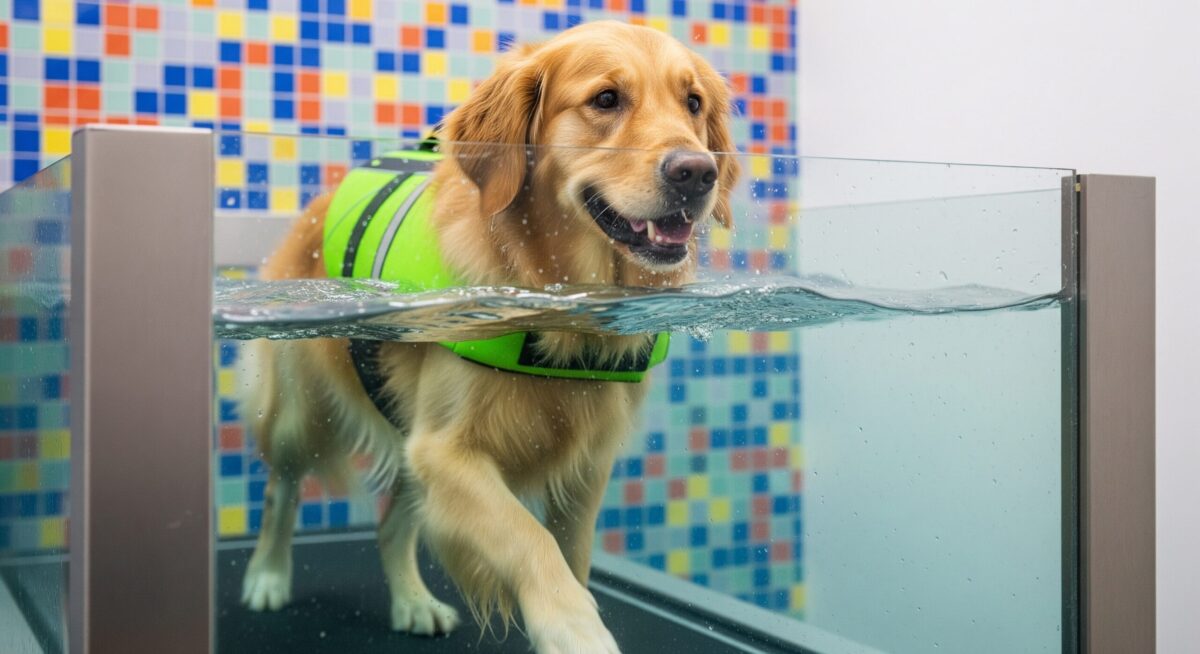When muscles suddenly betray strength and energy fades fast, a hidden battle may be unfolding in your dog’s body. Myasthenia Gravis (MG) is a neuromuscular disorder that disrupts the vital communication between nerves and muscles, causing profound weakness and fatigue.
This autoimmune condition attacks receptors at the neuromuscular junction, where nerves signal muscles to contract. The result? Muscles fail to respond correctly, leaving dogs susceptible to exhaustion and impaired mobility.
Signs and Symptoms That Demand Attention
Muscle weakness after brief exercise is a hallmark sign of MG. Dogs may struggle with stiff, unsteady gaits, collapsing back legs, or a sudden inability to hold their head up. This weakness often improves with rest but returns quickly upon activity.
Facial muscles also suffer, with drooping eyelids, difficulty swallowing, excessive drooling, and changes in bark revealing the disease’s reach beyond limbs. The oesophagus often enlarges (megaesophagus), causing regurgitation and risking aspiration pneumonia, a life-threatening complication.
The Root Cause
Myasthenia gravis in dogs occurs when the immune system mistakenly attacks acetylcholine receptors, which are essential for muscle contraction. This autoimmune assault disrupts nerve-to-muscle signals, inducing fatigue and weakness.
Genetics play a role; breeds such as Akitas, Golden Retrievers, and Scottish Terriers show a higher susceptibility. Tumours in the thymus gland (thymomas) can trigger or worsen MG, complicating treatment.
Holistic Paths to Strength: Complementing Veterinary Care with Natural Support
While veterinary treatments often focus on anticholinesterase drugs and immunosuppressants to restore muscle function and control the immune response, holistic approaches can also enhance well-being and resilience. Here are practical, natural strategies:
- Nutrition Rich in Antioxidants and Omega-3s: Foods and supplements high in antioxidants and omega-3 fatty acids support immune balance and reduce inflammation, aiding muscle health.
- Gentle, Controlled Exercise: Short, supervised activity sessions prevent muscle overexertion while maintaining mobility and strength.
- Stress Reduction: Calm environments and consistent routines minimise immune triggers that might worsen symptoms.
- Physical Therapy and Massage: Targeted muscle stimulation improves circulation and reduces stiffness, promoting recovery.
- Elevated Feeding Stations: Keeping the head raised during and after meals helps reduce the risk of regurgitation associated with megaesophagus.
What Is the Mechanism of Action of Myasthenia Gravis?
Myasthenia gravis (MG) is an autoimmune neuromuscular disorder where the immune system attacks acetylcholine receptors (AChRs) at the neuromuscular junction.
Key Mechanisms:
- Autoantibody Attack: The body produces antibodies against AChRs, blocking or destroying them. This disrupts nerve-to-muscle communication.
- Impaired Signal Transmission: Normally, acetylcholine (ACh) binds to AChRs, triggering muscle contraction. In MG, the presence of fewer functional receptors leads to muscle weakness and fatigue.
- Complement System Activation: Antibodies activate the complement cascade, which can lead to damage at the neuromuscular junction.
- Secondary Effects (in some cases): Muscle-specific kinase (MuSK) antibodies may also interfere with the clustering of acetylcholine receptors (AChRs).
Result:
- Weakness in voluntary muscles (eyes, face, limbs, swallowing/breathing muscles).
- Symptoms worsen with activity (manifesting as fatigable weakness) and improve with rest.
FAQs:
How do you treat myasthenia gravis in dogs?
Treatment includes acetylcholinesterase inhibitors (e.g., pyridostigmine) to improve nerve-muscle communication. Severe cases may need immunosuppressants (e.g., prednisone). Supportive care, like assisted feeding for dogs with megaesophagus, is also crucial.
What to feed a dog with myasthenia gravis?
Dogs with megaesophagus (common in myasthenia gravis) need soft, elevated meals or an upright feeding position. Blended or wet food helps prevent aspiration pneumonia. Small, frequent meals are best.
How long can dogs live with myasthenia gravis?
With treatment, many dogs live a normal lifespan, especially if the condition is acquired and responsive to therapy. Congenital forms have a poorer prognosis, but proper management can improve quality of life.
What animals can get myasthenia gravis?
Besides dogs, cats, and horses, livestock can also develop myasthenia gravis, although this is rare. It’s most common in dogs (e.g., German Shepherds, Golden Retrievers) and cats (e.g., Somali, Abyssinian).
What is acquired myasthenia gravis in dogs?
Acquired myasthenia gravis is an autoimmune disorder where the body attacks nerve-muscle receptors. Symptoms include weakness, fatigue, and difficulty swallowing. It’s more common in adult dogs and often manageable with medication.
A Journey of Vigilance and Compassion
Myasthenia Gravis challenges every moment with uncertainty, but awareness empowers proactive care. Early recognition, combined with a thoughtful blend of medical and holistic approaches, can significantly improve the outlook.
Myasthenia gravis in dogs requires patience and dedication, yet many dogs can regain a meaningful quality of life. Sharing experiences and insights fuels hope and community strength.
Have you witnessed muscle weakness or unusual fatigue in your dog? Discussing symptoms and treatment options with your veterinarian can be the first step toward reclaiming vitality.








